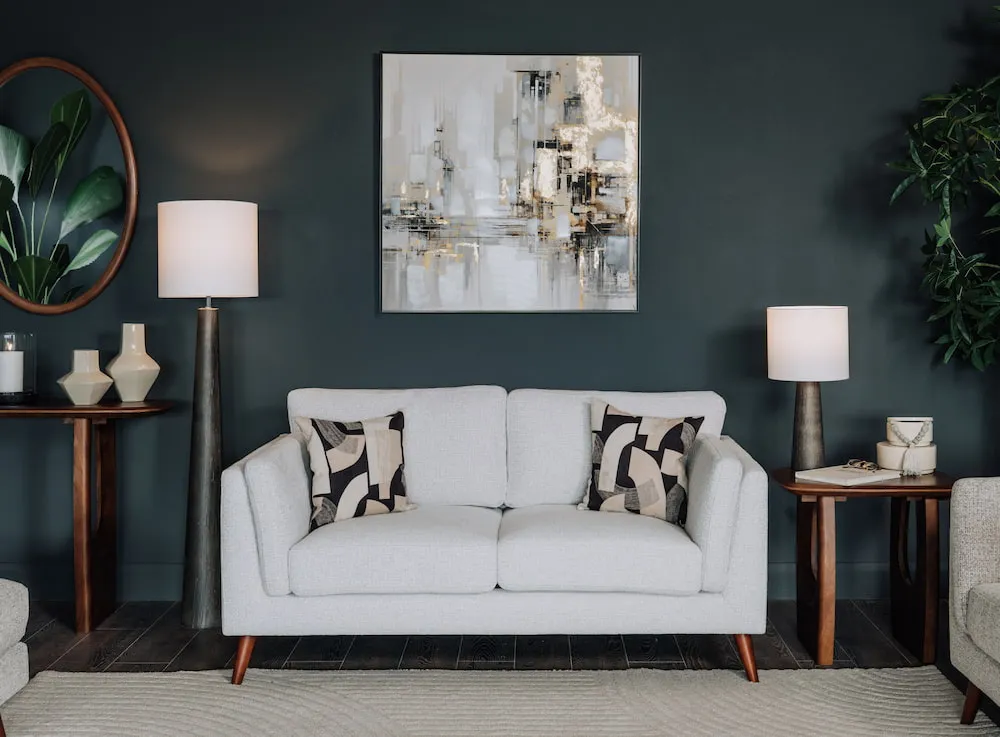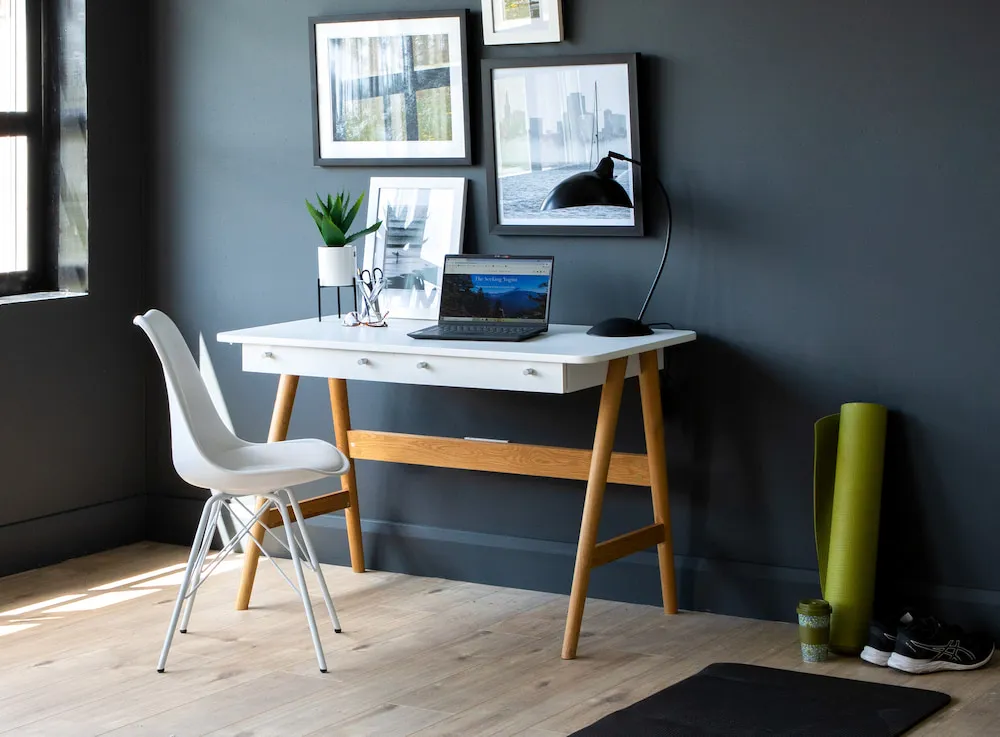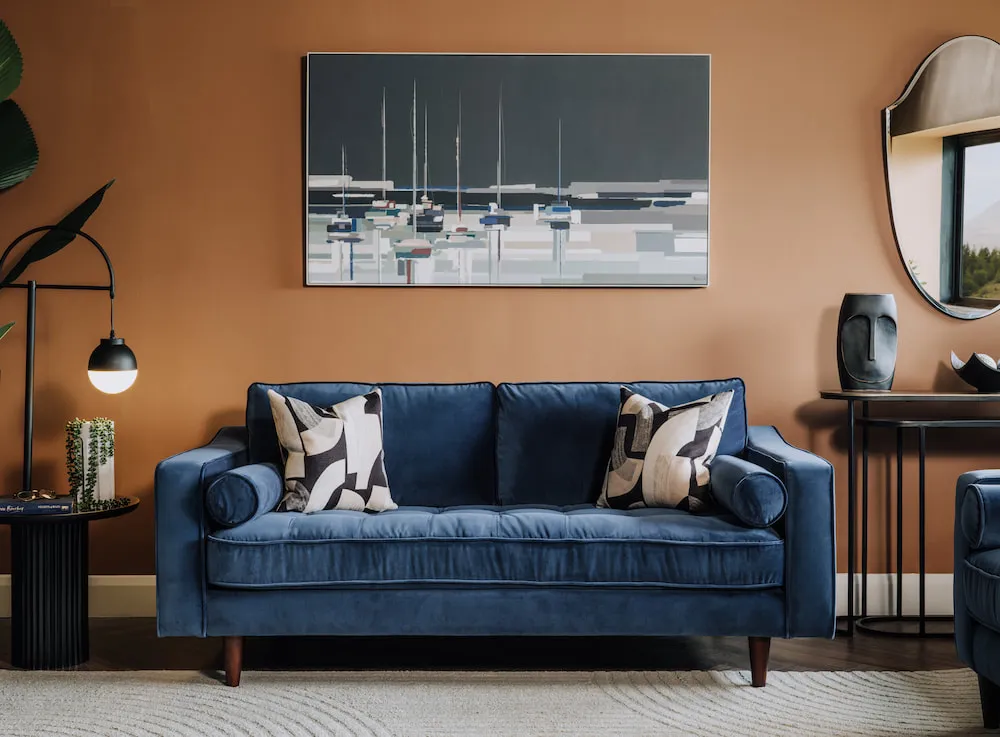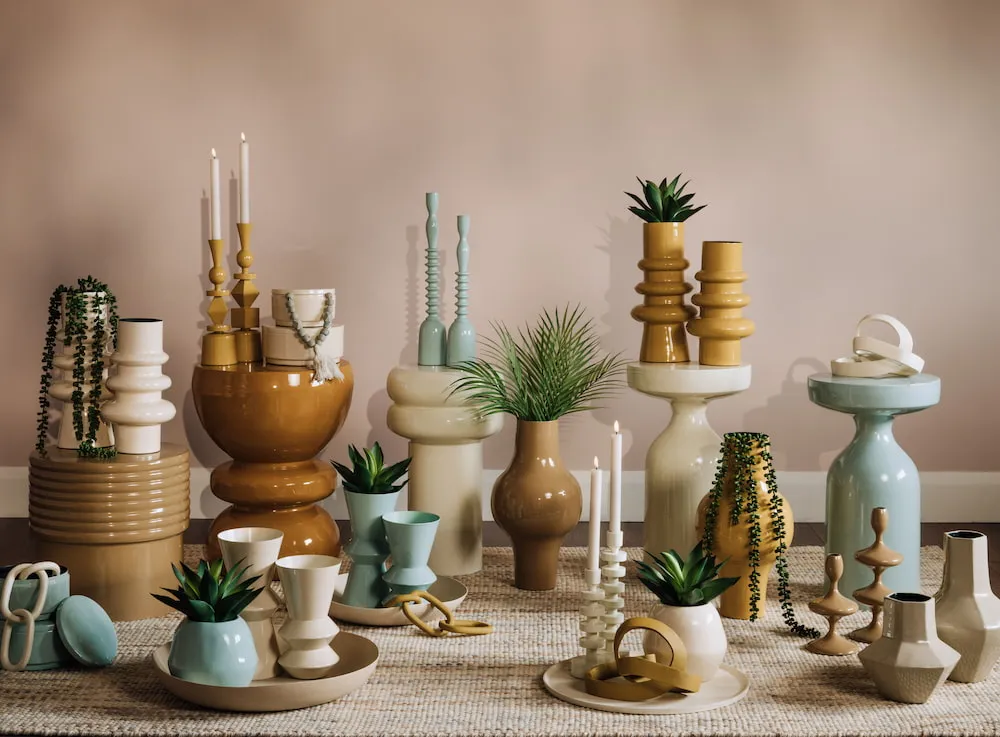It’s no secret that light is an extremely powerful tool when used in the correct manner and in the appropriate environment. For centuries, it has effectively treated skin ailments such as eczema, psoriasis, jaundice in newborn babies, and so much more. So, it shouldn’t be a huge surprise to learn that certain light sources can also affect our moods. Every colour, light positioning, and saturation can unknowingly evoke an emotional response from us all. Light colours have their own, individual powers, while one might create a sense of warmth, another could enhance your creativity. So, depending on its intended use, it's best to understand just what each colour means and how best to use it in your home. After all, you wouldn’t want to introduce an energy-inducing light bulb into your living room when all you really need is a dim, relaxing hue right before bedtime. Don’t worry though, EZ Living Furniture has compiled a guide to help you to understand light and the one most suited to your needs.

Bright Light VS Warm Light
It’s not just a light’s colour that has a huge impact on our lives, there is also the question of brightness. What is the difference between a bright white light and a duller white light? Well, a lot more than you think. Studies have shown that while brighter light can give us a mood boost and intensify emotions, poor lighting can keep emotions steady and contribute to deficiencies such as depression.
Brightness is also responsible for the most basic function of light, seeing things. This helps to make sense of an environment, ultimately making it a more pleasant space. If a room doesn’t have sufficient light for us to understand what’s going on, we are less likely to enjoy the room. However, this is also dependent on the time of day because bright lights are, of course, more appropriate for the morning and during the day, while dimmer lights are recommended for the evening and nighttime.
Eating patterns are also affected by brightness if you can believe it. Faint lighting can make you crave unhealthy foods because you tend not to feel as alert. This may be one of the reasons why we are more likely to put in that takeaway order in the evenings, sitting on the sofa next to a dim table lamp…. just a thought. One study found that those who ate in dimly lit restaurants ordered 39% more calories than people sitting in brighter restaurants. So, it’s clearly not just for mood, it’s also better for business.
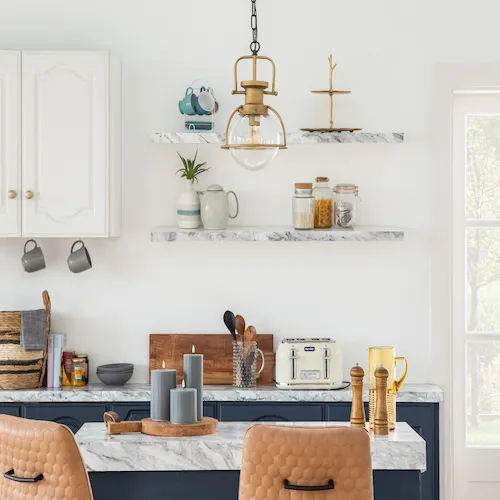
Impact Of Positioning
Where you choose to position your lights in a room can impact a person’s impression or experience of that space. Lighting positioned above eye level, like a ceiling light, can create a formal atmosphere because it displays a level of restraint. Alternatively, lighting situated below eye level, like table lamps, can provoke a feeling of individual importance, creating a more informal atmosphere.
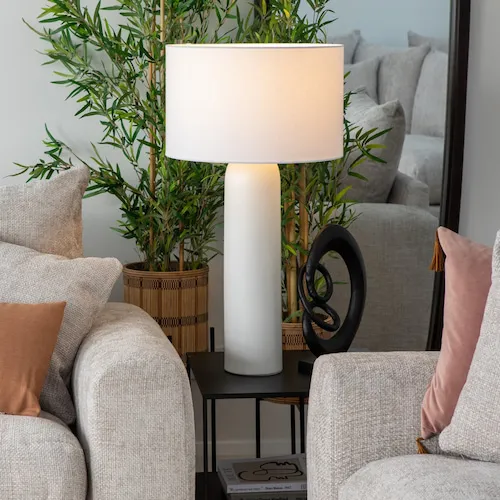
LED Multi-Coloured Lightbulbs
The best light bulb you can invest in right now, due to the rise in electricity costs, is an LED version. LED light bulbs can save you a great of money in the long run and are the preferred favourite around the home for your floor lamps, table lamps, and even ceiling lights.
To learn just how much LED lightbulbs can save you, read; Everyday Energy-Saving Tips.
If you’re looking to impress your friends though, a plain LED bulb won’t do it, which is why most people seem to have invested in a multi-coloured LED smart bulb. With this, you can turn on and off the light, switch from one colour to another, and start an impromptu disco all from your smartphone. So, if you want the option of multiple, mood-altering colours, we suggest investing in some of these.
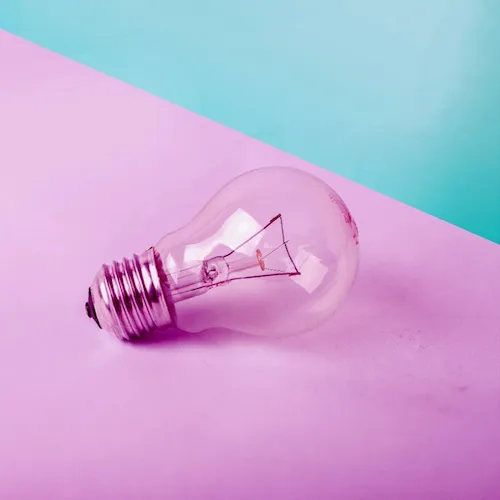
LED Light Colours For Different Moods
As already mentioned, each colour and shade of light has the ability to affect us emotionally. Warm colours tend to provide a generally happy and lively mood, while cool colours provide a quiet or balanced mood. Below, we have put together a list of colours and their effects for your convenience.
- Yellow Lighting generates many different moods from happiness to warmth, friendliness to creativity. Yellow hues are colours we tend to notice in dim or low-light settings. Yellow is used to wake us up, therefore, it is most likely to be found in the bedroom because it energises and stimulates us.
- White Lighting can be divided into various groups because different whites have different lighting effects. Cool white is colder, which can calm people’s emotions and make them feel refreshed. Warm white is healthy and comfortable and neutral white makes an interior space look more spacious and gives people a pleasant feeling. An office space, kitchen, and bathroom will benefit the most from neutral lighting.
- Orange Lighting can be a bit deceiving in the mood it generates. It can be uplifting and rejuvenating, but it can also be an attention seeker. Orange is friendly, cheerful, confident, watchful, and impatient.
- Red Lighting represents power and can surprisingly be used in lots of settings. Red light is supposedly one of the best lights for sleeping because it mimics the sun. The red colour helps to promote melatonin which helps with sleep quality. Be careful though, too much red light can leave a person feeling stressed.
- Violet Lighting is incredibly luxurious and displays a sense of peaceful wisdom. It can enhance a person’s imagination, creativity, and wisdom, all the while being extremely mysterious.
- Blue Lighting is seen as soothing and healing while the darker shades of blue are visually stronger and more intense. Blue is dependable and trustworthy, and it enhances intelligence, serenity, security, and authority.
- Green Lighting is one of the most relaxing for the eye. Green can generate many moods because it focuses on growth, nurturing, healing, relaxation, balance, harmony, and health.

And there you have it, light colour, position, and saturation can make all the difference to your mood. So, what are you waiting for, go and grab yourself an LED lightbulb to make choosing the perfect colour for your space even easier!
We hope you enjoyed this content and found it useful and informative. We aim to share our expertise and knowledge with our customers and to do this we have a team of content creators working tirelessly behind the scenes. We do not use AI to create our content. Click this link to find out more about our team and content guidelines.


